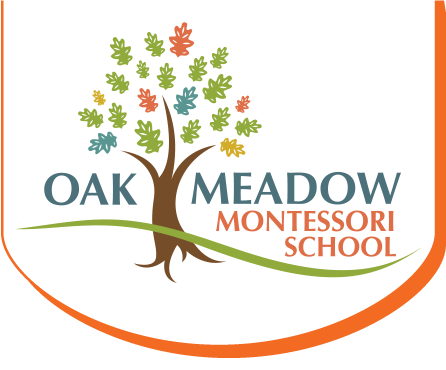It’s morning snack time. Students are working independently to wash their own hands at the sink, using water, soap, and a towel. They get their own snacks out of their bags, take a plate and placemat from the shelf, and carefully arrange their snack at one of the tables. Sitting together, the students enjoy their snacks in a remarkably orderly manner, chatting with their friends. When finished, each student gets up, helps to clean the table, and puts things away. One boy says to a girl at the table, “are you done?” and then adds, “I will wash your dishes for you.”

Washing windows
What’s the age of these students? You might be surprised to know that I observed all of this watching one of the Beginners classrooms this week, which is ages 15 months through age 3. Although I’ve spent my entire career in education, I’ve never witnessed anything like this in any other program for children of this young age.
Parents visiting our school for the first time are also amazed when they see toddlers working so independently. One parent who enrolled his child starting last year told me, “when I first visited, I thought my child would never be able to do that… and then to my surprise, in just a short time, he did!”
This kind of classroom environment isn’t created by strict rules or rigid adult expectations. Just the opposite. This is the result of a classroom climate where children are given freedom to pursue their own interests, encouraged to be independent, and guided thoughtfully in developing their social-emotional learning (SEL) along with their cognitive growth.
The Beginners curriculum involves very sophisticated learning: language, concentration, problem-solving, visual discrimination, and physical coordination. What is particularly unique to Montessori toddlers and early childhood programs, however, is the way that SEL is foundational to cognitive growth. In fact, SEL and cognitive growth in each child is inextricably connected, and everything we do is designed around that scientific fact and solid teaching practice.

Selecting activities that interest each student
This approach starts with a teacher’s conviction that each child already includes incredible abilities and capacities just waiting to be uncovered. Our teachers start with a love for the unlimited potential of each child, and create an environment where children have the freedom to pursue activities that interest them most. Teachers encourage students to focus on persistence and not just on completed tasks, which helps children to develop healthy self-awareness and self-motivation. Children learn to share and take turns and experience the value of friendship. When conflicts occur between children, teachers guide them in resolving these differences, planting the first seeds of empathy. Children learn how to see things from someone else’s point of view and have the self-awareness to think about how their behavior might make another child feel. At a young age, children don’t know the words to use to explain how they are feeling, so teachers at Oak Meadow help students to understand words that describe how they are feeling. When children can learn to express how they are feeling with words, they are less likely to act out physically. Most importantly, teachers create an environment where children feel heard, valued, cared about, and confident in their ability to solve challenges safely and learn new skills successfully.

A planned sequence of activities
During my visits to the Beginners classrooms this week, I saw this kind of learning happening over and over again. Here are some examples:
- When a student pushes another student, the teacher prompts him, “please use your words, and don’t push others with your hands.”
- A student is crying. “I hear you,” the teacher tells her. “Are you feeling sad? Would you like a hug?”
- A child carrying a tray with materials spills everything on the floor. The teacher is nearby observing, ready to provide support if needed, but she holds back and watches to see what happens next. The child puts everything back on the tray on her own and continues to the table without the teacher’s help.
- Children are already practicing self-advocating by asking the teacher when they are stuck in solving a problem.
- A child is using the wash table, carrying a full pitcher of water from the sink to a table. She pours the water into a bowl, washes her hands with soap, rinsing her hands in the bowl, drying her hands with a towel, and hanging the damp towel on a clothesline using wooden clothespins. The child cannot get the clothespin to stay on the line. The teacher comes over to show her where to press on the clothespin. The child attaches the clothespin successfully as the teacher watches, and then after the teacher leaves, attaches other clothespins all on her own.
- Children sitting in a group of three are working on a puzzle together. When they are finished with the collaboration, they put the puzzle back so another student can use it.





